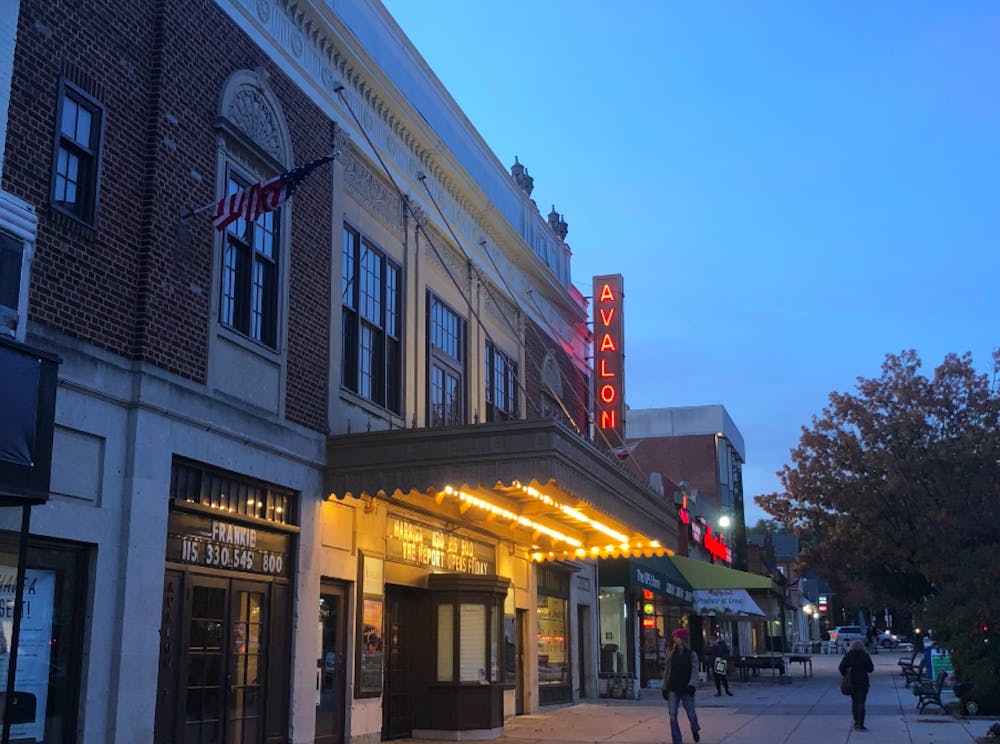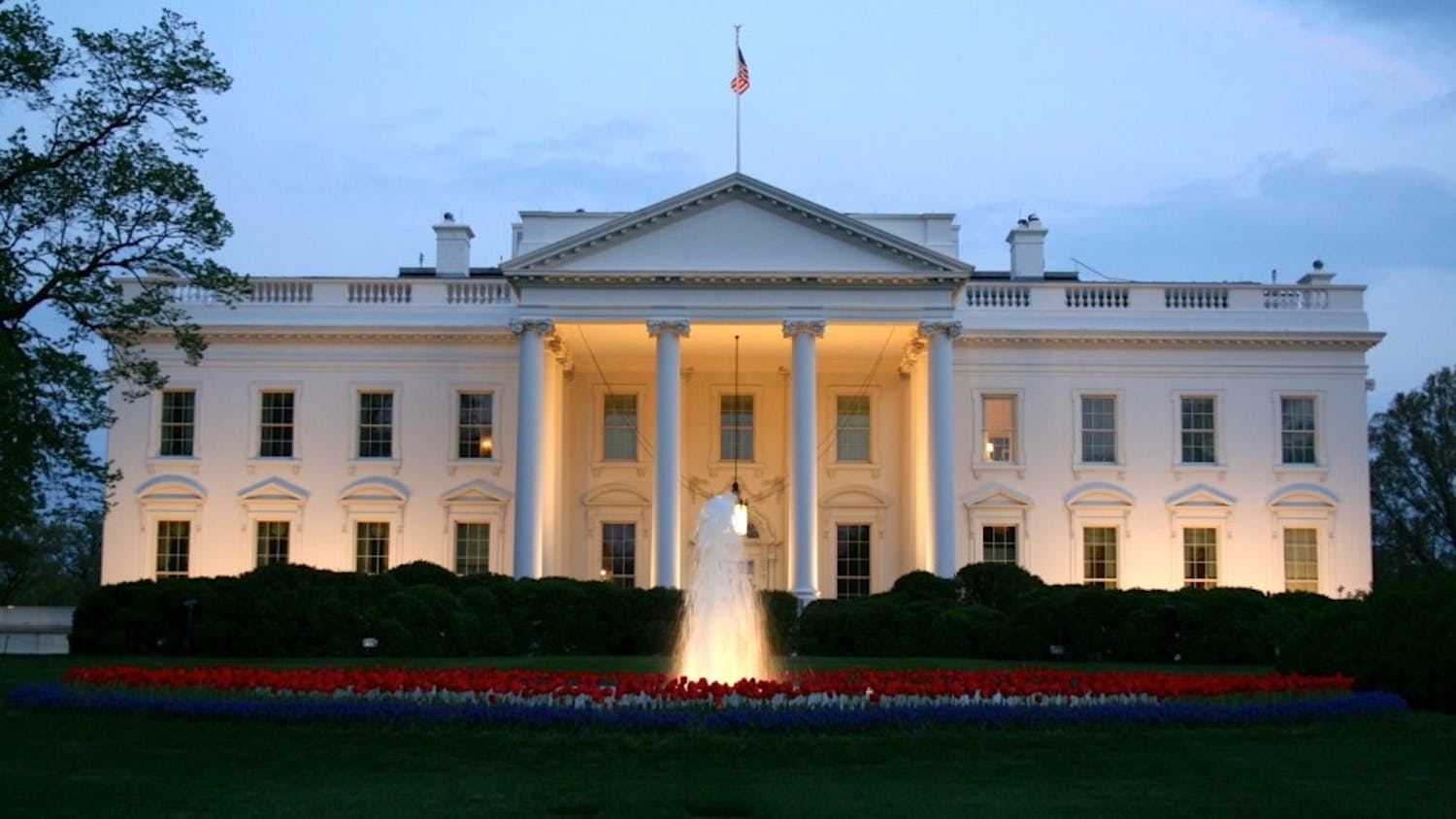When he was growing up in Chevy Chase, American University professor and film producer Josh Levin would visit his neighborhood theater, the Avalon Theatre, which opened in 1923. In fact, Levin frequented many local theaters, like the Key Theatre in Georgetown and the MacArthur Theater in the Palisades, as a child, before most of them closed down.
Levin, now 51 years old, remembered one day while he was passing the Avalon, how his father cried out “They’re ripping out the popcorn machine!” The Avalon was being gutted. The building itself was nearly barren until a non-profit, the Avalon Theatre Project, reopened the theater in April of 2003 and continued to screen films.
Most D.C. theaters weren’t lucky enough to be revived like the Avalon. The District used to have over 100 local theaters, but today, the Avalon Theatre is only one of two locally run, full-time movie houses.
Without local theaters, “we lose our identity,” Levin said, and the community becomes separated from culture.
Aviva Kempner, a local historical documentary filmmaker, lives near the Avalon and was relieved to see it saved. Many of Kempner’s films are screened at the Avalon. She said independent theaters have the important role of keeping their neighborhoods entertained and educated.
“I’ve been in the neighborhood for 25 years,” Kempner said. “Saving it was personal and political.”
Levin has seen theaters disappear while living in the District. “I was driving past the MacArthur Theater, and I saw that it had become a CVS,” he said with a shake of his head. “All of these places that are meaningful … they’re gone.”
Bob Headley, co-author of the book “Movie Theaters of Washington, D.C.,” which details the history of bygone theaters, had a similar sense of pessimism about the loss of these neighborhood relics.
“These places were, for so long, the cultural life of the city,” Headley said. “These used-to-be theaters were places for neighbors to meet and where audiences could get more choice of what films to see,”
Local theaters started disappearing in the 1950s, Headley explained. Independent theaters were the venues that would show “unusual” movies like foreign films or local projects. Today, Regal Cinemas, AMC Theatres and other exhibition corporations dominate screenings and show the same movies. As theaters have closed down, the variety has decreased, and there is less value in choice, Headley said.
Levin noticed these fewer choices, and he decided to open his own movie house, West End Cinema, in 2010. He wanted to feature “specialty films,” or films beyond those shown in mainstream venues. The motto for West End Cinema was “All Stories Told Here.”
When he opened his movie theater in Georgetown, Levin said he wanted to draw in a diverse audience of university students, African American patrons and foreign language speakers. Levin focused on coordinating screenings with foreign language groups to show international films for D.C.’s prominent international community. Neighborhood theaters have the ability to screen films that fit the neighborhood’s demographic, Levin said, and he wanted to do just that.
But Levin said his audience was mostly “gray-haired.” After operating for five years, West End Cinema closed on March 29, 2015.
Levin said there has been a change in the perceived affordability of seeing films in a theater. “If you ask young people today if it’s convenient to go out and see a movie, they’ll say no,” Levin argued.
Ticket prices have increased, and once you’ve purchased a ticket, you can’t help but buy concessions, Levin said. At the end of the night, Levin said, many young people don’t think spending that money is worth it.
Another reason why independent theaters are struggling is because of today’s digital revolution, Levin said. With so many streaming services full of high-end content, including mainstream and specialty films, Levin said audiences no longer have the need to go to theaters.
West End Cinema hasn’t been the only theater experiencing these problems. According to the National Association of Theater Owners, there were 7,477 theaters nationwide in 1999. In 2018, there were 5,803 theaters — a 23 percent drop.
Ticket sales were down nationally in 2019, despite 2018 being a record-breaking year for box offices. Fortune Magazine predicted that the box office reached $11.4 billion compared to the nearly $11.9 billion in 2018, which is a four percent drop.
“If you have … losses, people are going to close their theaters,” Levin said.
Levin also explained that it’s hard to market independent, specialty films to audiences. Outside of a city like D.C., where a film scene is prominent, movie theaters are owned by corporate chains and are screening mainstream films that local theaters don’t show, Levin said. He added that the highest grossing theater in the District is Regal Cinemas’ Gallery Place location.
A Washington Post article reported that a third of the film industry’s revenue came from 10 films out of the 700 that were released in 2017. If independent theaters are unable to screen these films, they could run out of business.
“West End Cinema closed because we couldn’t get A-List movies,” Levin said. Theaters need top-ticket films for purely economic reasons, “to be relevant, to keep the turnstiles ticking,” Levin said.
Levin said that he and the owners of the Avalon Theatre have entered a joint lawsuit against the exhibition corporation Landmark Theatres. After Levin closed West End Cinema, Landmark bought the land’s lease and opened another theater, Landmark’s West End Cinema.
“Landmark drove me out of business,” Levin said, through a distribution tactic called “clearance.” If a theater in an area is showing a film, the exhibition corporation can demand that film distributors don’t give screening licenses to other theaters in that area. While Landmark theaters in the District were showing top-ticket films, Levin said the company’s restrictions kept Levin from getting screening licenses.
Despite theater closures, residents are still hopeful about the future of independent movie-going.
John Hanshaw, the founder and director of the Washington Film Institute, thought about opening his own independent theater to program foreign films. “There’s a healthy audience in D.C. interested in independent film,” Hanshaw said.
Hanshaw supports the independent scene through the Washington Film Institute. The Institute rents out local theaters to be social venues for foreign or local film screenings.
Deirdre Evans-Pritchard, the executive director of the D.C. Independent Film Festival, came to the District 15 years ago. She has seen local theaters close as businesses underperform, but she said the film festival is bringing attention back to local theaters.
DCIFF is “keeping independent cinema alive in D.C.,” Evans-Pritchard said. Eighty percent of the selected filmmakers come to D.C. for the festival, which encourages locals to come to screenings as well. Evans-Pritchard said she often reads letters from D.C. residents expressing their gratitude and appreciation for the festival.
Still, despite Levin’s and others’ avid support of local theaters, there simply aren’t many left, and not many people seem to notice. “Theaters were aesthetic, fascinating, exotic places to be entertained,” Levin said, but he’s “concerned about where we are as an industry and a culture” as independent theaters disappear.
Headley isn’t as down-trodden. He’s seen local communities protect their theaters, such as the Avalon Theatre. “You can save these places if you get neighborhood support … You can make a case for saving a theater anywhere,” Headley said.





